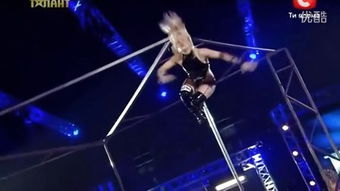2024-09-26 09:14 芭蕾舞
This article provides an overview of international pole dance competitions, highlighting their significance, the skills demonstrated, and the cultural impact of pole dancing worldwide. Understanding International Pole Dance Competitions International pole dance competitions are platforms where dancers from around the globe showcase their exceptional talent and physical prowess. These events have gained tremendous popularity over the years, evolving from niche performances to widely celebrated competitions attracting large audiences. Participants of various ages and backgrounds compete, representing both the artistry and athleticism of pole dancing. Competitions often feature different categories, including amateur and professional divisions, allowing dancers at various skill levels to participate. The judging criteria typically embrace technical skill, creativity, choreography, and overall performance quality, making each event a celebration of movement and expression. The Skills Demonstrated in Competitions A wide range of skills is showcased during international pole dance competitions, with participants often demonstrating a combination of strength, flexibility, and artistry. Competitors showcase their physical abilities by performing intricate and challenging tricks and poses that require significant training and discipline. Strength and endurance are crucial, as many routines involve executing difficult spins, holds, and transitions that illustrate the dancer's physical capabilities. Flexibility is also essential; many routines incorporate elements that require incredible range of motion, showcasing the dancer’s ability to contort their body gracefully and powerfully. Creativity plays a vital role as well; dancers often incorporate unique themes in their routines, engaging the audience and enhancing their overall performance. Cultural Significance and Impact of Pole Dancing The cultural significance of pole dance has evolved dramatically, especially in the context of international competitions. Once viewed solely as a form of adult entertainment, pole dancing is increasingly recognized as a legitimate sport and form of artistic expression. Competitions help in changing perceptions, promoting strength, empowerment, and artistic creativity among participants. These events foster a sense of community among dancers, encouraging them to support and uplift each other regardless of their backgrounds or nationalities. Moreover, with rising visibility in mainstream media and sports, pole dancing is gradually gaining acceptance and appreciation as an athletic discipline, inspiring new generations to embrace this dynamic form of movement.